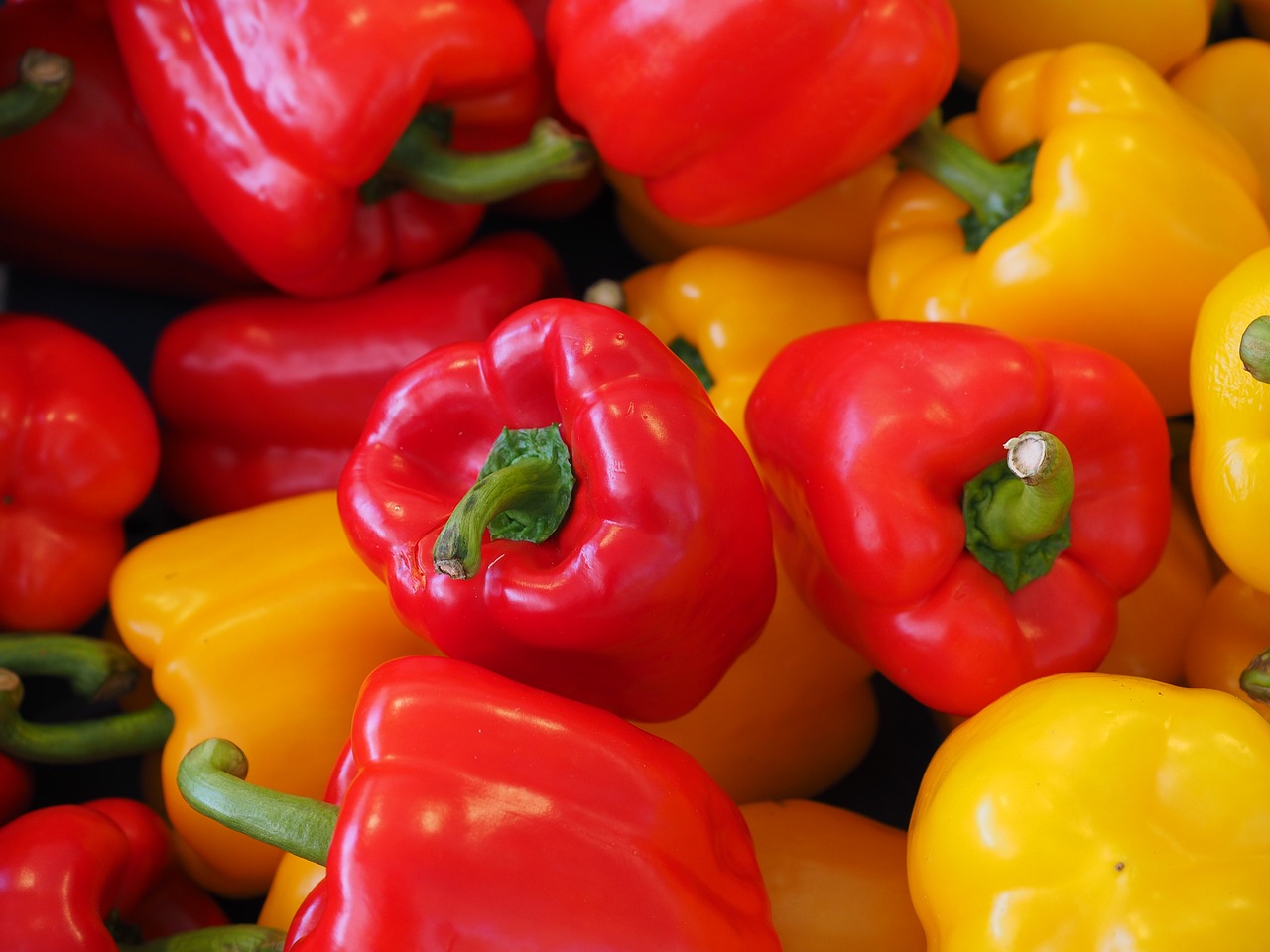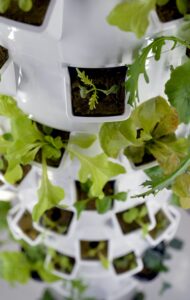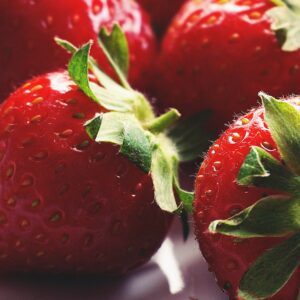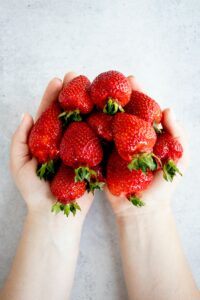|
Getting your Trinity Audio player ready...
|
Introduction
Growing bell peppers in your home can be a rewarding experience. These versatile vegetables are not only delicious but also incredibly versatile in cooking. Whether you’re a seasoned gardener or a beginner, there are several ways to successfully cultivate bell peppers indoors, ensuring a year-round supply of fresh, homegrown produce. In this guide, we’ll explore seven top ways to grow bell peppers indoors, highlighting the best indoor varieties and emphasizing ease of cultivation while keeping the process fun and enjoyable.
This post may contain affiliate links, which means that I may receive a commission if you make a purchase using these links. As an Amazon Associate I earn from qualifying purchases CLICK HERE
Choose the Right Bell Pepper Varieties:
Selecting the appropriate bell pepper varieties is crucial for indoor cultivation, as some types are better suited for confined spaces and controlled environments. Here are some of the best indoor bell pepper varieties:
- Mini Bell Peppers: Miniature bell peppers, such as ‘Lilac Bell’ or ‘Baby Belle,’ are perfect for indoor growing. These compact plants produce small, colorful peppers that are ideal for snacking and adding vibrancy to your dishes.
- Lunchbox Peppers: Varieties like ‘Lunchbox Red’ or ‘Lunchbox Orange’ are compact and produce sweet, snack-sized peppers that are great for salads, stuffing, or munching straight from the plant.
- Patio Bell Peppers: Specifically bred for container gardening and limited space, patio bell peppers, like ‘Patio Red’ or ‘Patio Snacker,’ are an excellent choice for indoor cultivation.
- Bell Pepper Varieties with Shorter Growing Seasons: Look for bell pepper varieties with shorter days to maturity. These are better suited for indoor growing as they require less time to produce fruit.
Select the Right Containers:
Choosing suitable containers is essential for successful indoor bell pepper cultivation. Opt for containers that are at least 12-18 inches deep and have adequate drainage holes to prevent waterlogged roots. Ensure that the containers are large enough to accommodate the root system of your chosen pepper variety.
Consider using self-watering containers or smart pots, which help maintain consistent moisture levels, as bell peppers prefer even moisture throughout their growth cycle.

Provide Adequate Lighting:
Bell peppers require abundant sunlight to thrive and produce fruit. However, indoor plants often struggle to receive sufficient natural light. To compensate for this, artificial lighting you can use artificial lighting, such as high-quality LED grow lights, to ensure your peppers get the light they need.
- Position the grow lights approximately 12-18 inches above the plants.
- Aim to provide 12-16 hours of light each day.
- Adjust the light height and duration as needed based on the growth and health of your pepper plants.

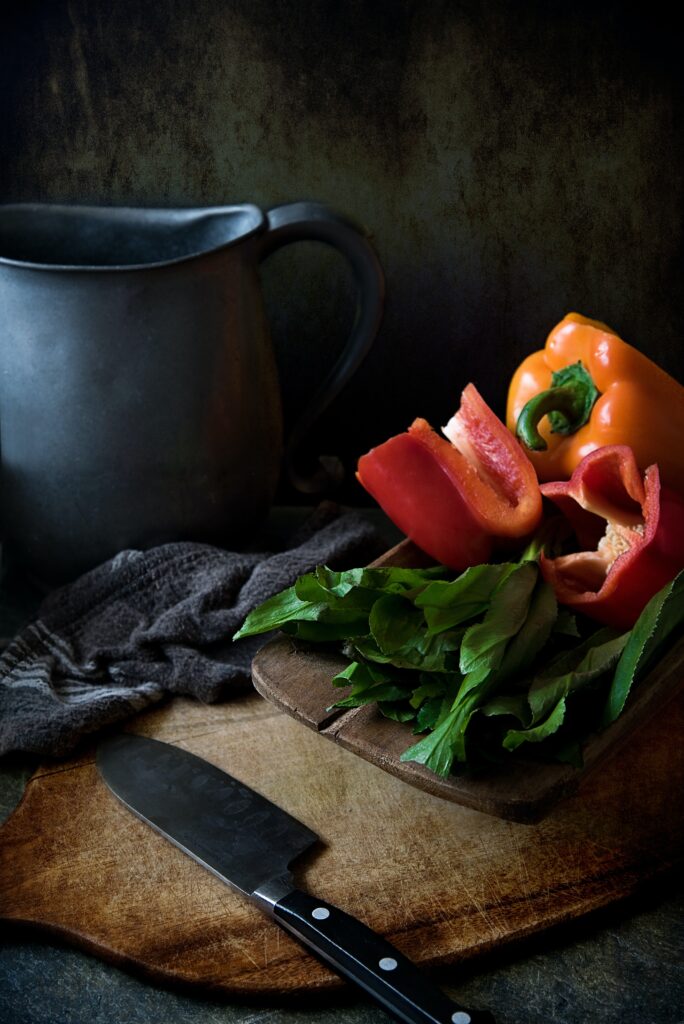
Maintain the Right Temperature and Humidity:
Bell peppers thrive in warm temperatures. Ensure that your indoor growing space maintains a consistent temperature range of 70-85°F (21-29°C) during the day and doesn’t drop below 60°F (15°C) at night. A stable temperature is crucial for pepper growth and fruit production.
Additionally, maintain a relative humidity level of around 60%, which you can achieve by misting the plants or using a humidity tray with water and pebbles placed near the plants.

Fertilize Regularly:
Indoor pepper plants require a consistent supply of nutrients to produce healthy fruit. Use a balanced, water-soluble fertilizer with a ratio like 20-20-20 or similar, applying it every 2-4 weeks during the growing season.
Be cautious not to over-fertilize, as excessive nutrients can lead to excessive vegetative growth at the expense of fruit production. Always follow the manufacturer’s recommendations for application rates.

Water Wisely:
Overwatering can be a common issue when growing bell peppers indoors. Water your plants when the top inch of soil feels dry to the touch, ensuring that your containers have proper drainage to prevent waterlogged roots. It’s better to water deeply and less frequently than to water lightly and often.
Avoid wetting the leaves when watering, as this can lead to fungal diseases. Water at the base of the plant to keep the foliage dry.
Pruning and Support:
Pruning and providing support are essential practices for encouraging healthy growth and fruit production in indoor bell pepper plants:
- Pruning: Pinch off the first few flower buds that appear on your pepper plants. This encourages the plant to focus on establishing a strong root system before fruiting. Additionally, remove any dead or yellowing leaves to improve air circulation.
- Support: As your pepper plants grow and produce fruit, they may become top-heavy. Use stakes or cages to support the plants and prevent them from bending or breaking under the weight of the peppers.
- Thinning: If your pepper plants produce an abundance of flowers and small fruit, consider thinning them by removing some of the smaller fruit. This allows the plant to allocate more energy to the remaining peppers, resulting in larger and healthier fruits.
Growing bell peppers indoors can be an enjoyable and satisfying endeavor, especially when you select the right varieties, containers, and provide optimal growing conditions. With proper care, you can enjoy a year-round supply of fresh, homegrown bell peppers that add flavor and color to your culinary creations. Gardening indoors allows you to stay connected with nature and savor the fruits of your labor, making it a fun and rewarding activity for gardeners of all levels of experience. Happy indoor gardening!
